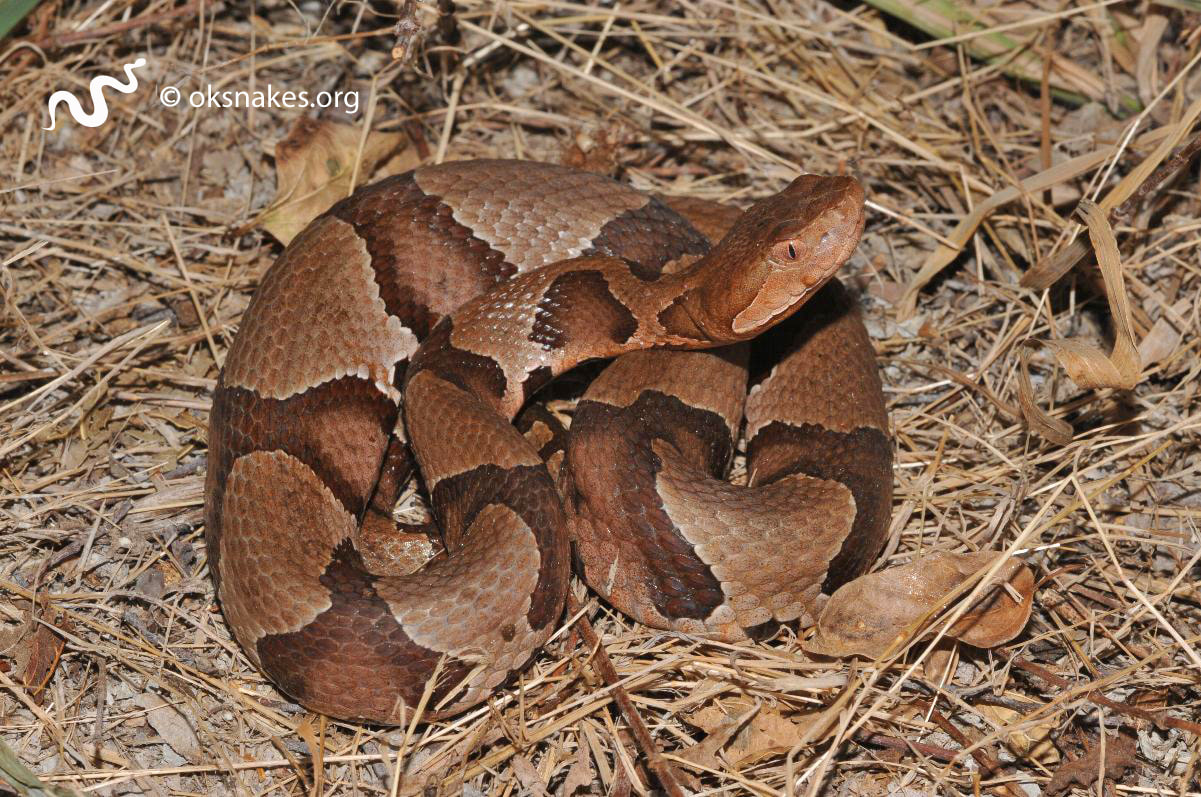


The caterpillar method of movement is much slower, and also involves contracting muscles to create curves. On land, snakes will use resistance points such as rocks or sticks to propel themselves forward. Aquatic snakes prefer this method because the water pushes back against the snake’s motion and propels it forward. The snake contracts its neck muscles to move its body from side-to-side. Most snakes use the serpentine method, which is the familiar S-shape movement that most people associate with snakes. There are three other methods that snakes use to move: serpentine, caterpillar, and concertina. When sidewinding, a snake will contract its muscles to hurl its body through the air, moving laterally and maintaining only two points of contact with the ground. This is typically used on slippery surfaces like sand or mud. They can also travel sideways in a motion called sidewinding. Because of this, they have the flexibility to move forward using a fluid side-to-side motion. Only about 725 species of snakes in total are venomous, and most do not attack humans but use their fatal bite to feed on prey sich as rodents, reptiles, birds, fish, or other smaller animals.ĭepending on the species, snakes can have 200-400 vertebrae. This tooth is used to break through the shell of the egg and is later shed. Egg-laying species give birth to young that develop a special egg tooth that grows at the tip of its face. Snakes reproduce sexually and approximately half of Missouri’s snakes lay eggs, rather than giving birth to live young. Pit vipers can also be distinguished by their vertical pupil shape. These pits serve as infrared-detecting organs, allowing them to detect prey. All five of Missouri’s venomous snakes are pit vipers, meaning they all have a deep pit between the eye and nostril on both sides of the head. Most of the snakes in Missouri are also found in varying concentrations in the surrounding states but some stretch to areas even further away. The United States is home to about 50 species of snakes with 47 of those species being found in Missouri. Snakes are reptiles in the Linnaean taxonomy that include over 3,600 species distributed on every continent besides Antartica.


 0 kommentar(er)
0 kommentar(er)
